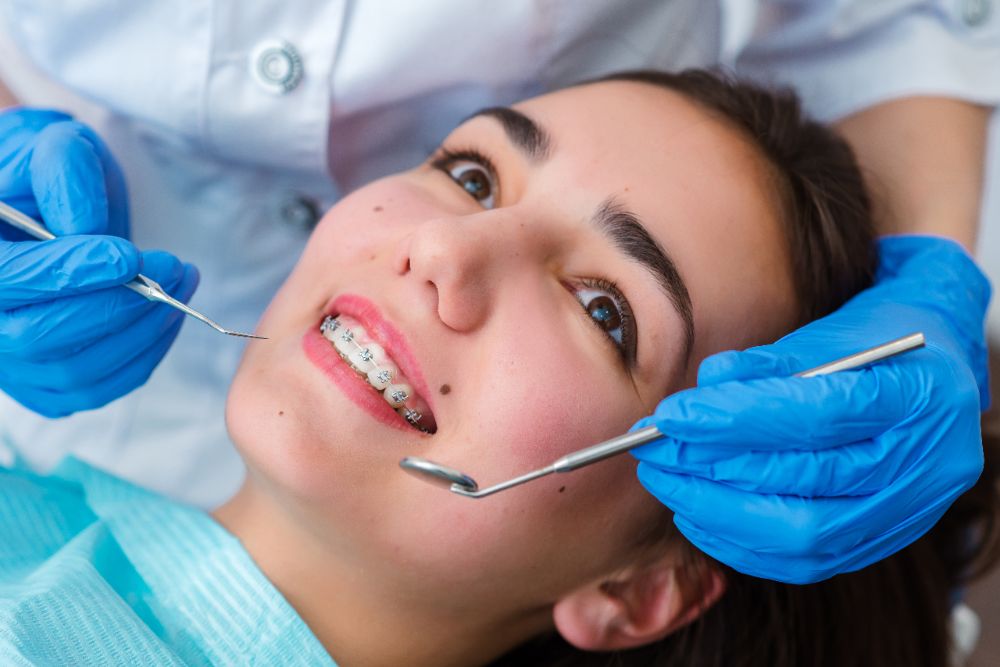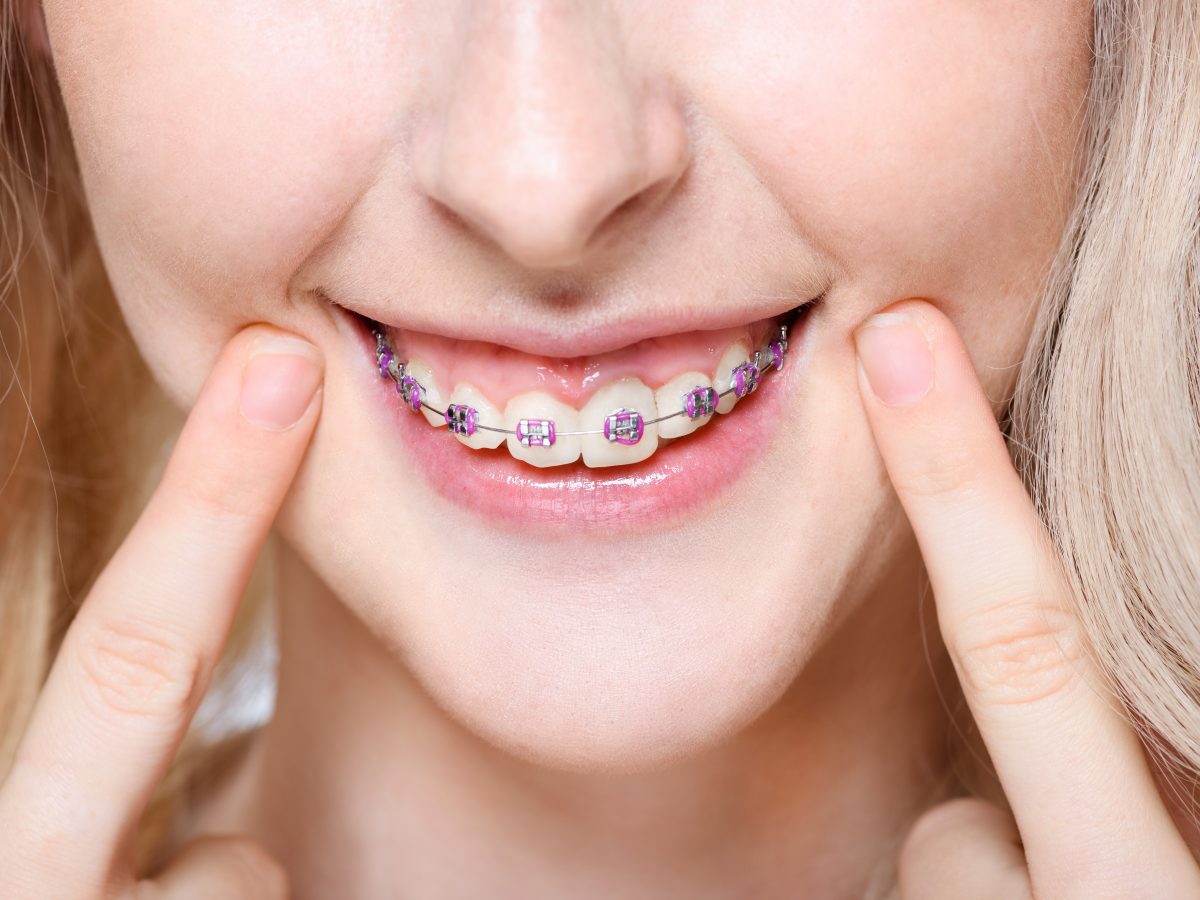Leading Tips for Choosing the very best Cumming Orthodontist for Braces and Aligners
Wiki Article
Comprehensive Overview to Orthodontics Procedures for Dealing With Oral Imbalances
Recognizing the complexities of each procedure, including their devices, advantages, and potential disadvantages, is essential in making informed choices concerning one's orthodontic therapy. As we navigate via the extensive overview to orthodontic treatments for dealing with oral imbalances, the detailed information of each technique will unravel, shedding light on the course towards a unified and practical dental positioning.Orthodontic Procedures Summary

In addition to conventional braces and clear aligners, orthodontists may likewise suggest other treatments like headwear, palatal expanders, or retainers to deal with details alignment issues (cumming invisalign). These procedures are customized per patient's one-of-a-kind requirements and may involve a mix of treatments to accomplish the preferred results. Routine modifications and tracking are essential components of orthodontic therapy to ensure progress gets on track and to make any type of required modifications along the method. By undergoing orthodontic procedures, patients can not only achieve a straighter grin however additionally improve their general oral health and function.
Traditional Braces: Just How They Function
When taking into consideration orthodontic treatments for oral imbalances, conventional braces attract attention as a tried and true method for dealing with teeth placing. Traditional dental braces include brackets, cords, and bands that interact to use continual pressure on the teeth, progressively moving them into the desired alignment. The braces are connected to the teeth utilizing an unique adhesive, and the cords are threaded through the braces. By changing the stress of the wires, orthodontists can regulate the instructions and force related to each tooth, leading them into correct positioning gradually.
As stress is applied to the teeth with the braces, the bone surrounding the teeth is improved to support the new tooth placements. Clients will need routine modifications at the orthodontist's office to make certain the dental braces proceed to use the appropriate stress for effective teeth motion.
Invisible Aligners: Benefits And Drawbacks
Invisible aligners provide a convenient and discreet option to traditional dental braces for dealing with oral misalignments. These clear, custom-made trays are basically undetectable when put on, making them an appealing alternative for people seeking a much more cosmetically pleasing orthodontic therapy. One of the primary advantages of unseen aligners is their removability, permitting easier upkeep of dental health contrasted to standard braces. Clients can remove the aligners before consuming or brushing their teeth, reducing the visit this website danger of food obtaining embeded the device and streamlining the cleansing procedure.
Surgical Orthodontic Options
Surgical interventions in orthodontics present practical options for attending to complicated oral imbalances that might not be efficiently dealt with with standard orthodontic therapies. While invisible aligners and typical braces can fix many orthodontic problems, particular cases need surgical treatment to accomplish ideal results. Surgical orthodontic alternatives are typically recommended for serious malocclusions, substantial jaw discrepancies, and instances where the underlying bone framework needs modification to attain proper alignment.One usual medical orthodontic procedure is orthognathic surgical treatment, which entails rearranging the jaws to fix useful problems such as difficulty speaking or chewing. This surgery is often done in partnership with an orthodontist who assists line up the teeth prior to and after the treatment. Surgical orthodontics might additionally entail treatments to subject influenced teeth, get rid of excess periodontal tissue, or improve the jawbone to produce an extra harmonious face account.
Prior to taking into consideration surgical orthodontic options, clients undergo a thorough examination to determine Get the facts the requirement and prospective advantages of such treatments. cumming aligners. While surgical treatment might seem difficult, it can dramatically boost both the feature and aesthetics of the smile in instances where conventional orthodontic treatments fail
Retainers and Post-Treatment Treatment

Failing to abide with post-treatment treatment instructions can result in relapse, where the teeth progressively move back towards their original positions. Consistent retainer wear, great dental hygiene, and regular oral examinations are crucial for maintaining the outcomes attained through orthodontic surgical treatment and making sure the long-lasting security of the corrected dental placement.
Verdict
Finally, orthodontic treatments use various options for dealing with dental imbalances. Standard dental braces use steel braces and cords to shift teeth into proper positioning. Invisible aligners give an even more very discreet option yet may not appropriate for all instances. Surgical orthodontic alternatives are readily available for more severe imbalances. Retainers are typically used post-treatment to keep the new placement. Generally, orthodontic treatments can effectively enhance oral health and aesthetic appearance.As we navigate via the thorough overview to orthodontic treatments for fixing oral imbalances, the detailed details of each technique will unfold, dropping light on the path towards a unified and functional oral placement. - cumming orthodontist
One of the most usual orthodontic therapies is the use of dental braces, which consist of steel brackets and wires that apply mild pressure to gradually change teeth right into the desired placement.When thinking about orthodontic treatments for oral misalignments, standard braces stand out as a reliable approach for correcting teeth positioning. In addition, unnoticeable aligners may not be appropriate for intricate orthodontic issues that call for even more significant teeth activity, as they are normally advised for mild to modest instances. Retainers are custom-made orthodontic tools designed to hold teeth in their fixed placements after the completion of orthodontic treatment.
Report this wiki page